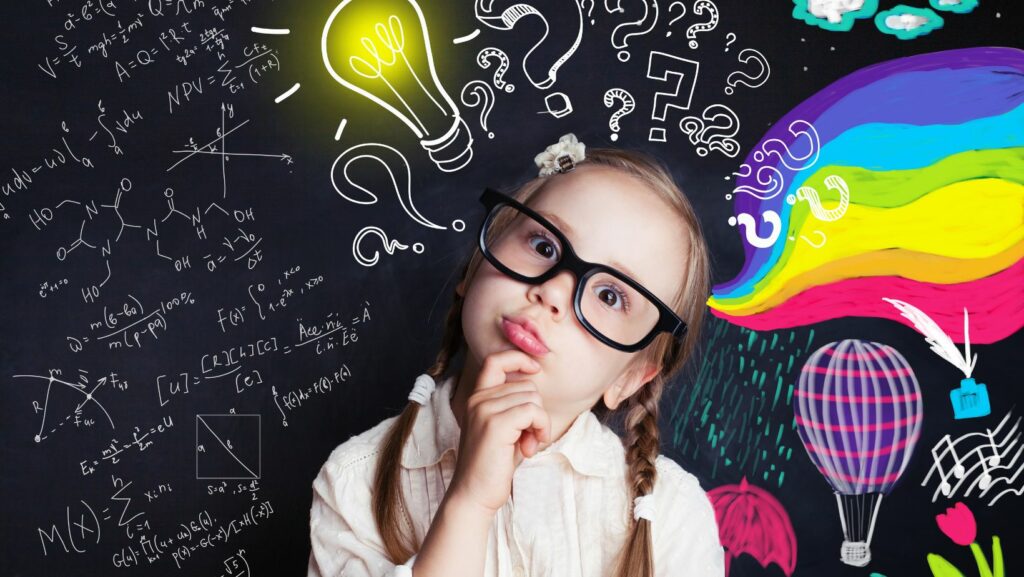Understanding the stages of child development can be a fascinating journey. It’s like unraveling the mysteries of a child’s mind, watching them grow, and witnessing the transformation from a newborn to a toddler, and then to a young adult. This article aims to provide a comprehensive guide to these stages, ensuring parents and caregivers are well-equipped to support their child’s journey.
From the first smile to the first word, each stage of development is a milestone. But it’s not just about physical growth. Cognitive, emotional, and social development are equally important. By delving into the stages of child development, we’ll uncover the intricacies of this incredible journey, making it easier for you to foster a nurturing environment for your child. So, let’s embark on this enlightening journey together.
Child Development Stages
 Child development stages demarcate the significant milestones in a child’s life from birth to adulthood. In this section, it’s about comprehending these important stages, and the key factors that influence a child’s growth and development. Engaging briefly with each stage, child development unfolds sequentially. Starting with infancy, a stage marked by rapid physical growth and the development of motor skills. Toddlers, from ages 1 to 3, cultivate speech, while also enhancing their motor capabilities.
Child development stages demarcate the significant milestones in a child’s life from birth to adulthood. In this section, it’s about comprehending these important stages, and the key factors that influence a child’s growth and development. Engaging briefly with each stage, child development unfolds sequentially. Starting with infancy, a stage marked by rapid physical growth and the development of motor skills. Toddlers, from ages 1 to 3, cultivate speech, while also enhancing their motor capabilities.
For preschoolers, aged 3 to 5, tasks consist of obtaining a sense of identity and constructing social connections. Shifting to the school-aged children, they develop complex cognitive capabilities, utilizing critical thinking and problem-solving.
Adolescence, the final stage before adulthood, encapsulates pubertal changes and the shaping of one’s independence and identity. Highlighting the notable events, each stage constitutes its unique characteristics and behavioral changes.
Why Developmental Stages Matter
These stages are fundamental, not just as milestones, but as indicative markers of a child’s overall health and well-being. Recognizing these stages allows for early detection of developmental delays or abnormalities that may indicate potential health conditions.
Early Childhood Development (Birth to 3 Years)
 During the period of early childhood (birth to 3 years), children grow rapidly across multiple domains. This is an era of learning and exploration, of mastering physical, cognitive, and language skills. In the sphere of physical growth and motor skills, newborns quickly transform into mobile toddlers. They undergo rapid growth in height and weight, doubling their birth weight by six months and tripling by the time they turn one. By 36 months, they usually reach nearly half of their adult height.
During the period of early childhood (birth to 3 years), children grow rapidly across multiple domains. This is an era of learning and exploration, of mastering physical, cognitive, and language skills. In the sphere of physical growth and motor skills, newborns quickly transform into mobile toddlers. They undergo rapid growth in height and weight, doubling their birth weight by six months and tripling by the time they turn one. By 36 months, they usually reach nearly half of their adult height.
Simultaneously, motor skill development engulfs the large muscles (gross motor skills), facilitating rolling over, sitting up, crawling, walking, and running. If an infant, for example, engages in tummy time, it helps develop muscles used for head control, rolling over, and sitting up. Likewise, engagement in playful activities like stacking blocks or drawing advances fine motor skills, honing dexterity and hand-eye coordination.
Cognitive and language skills form the foundation of early learning. Cognition primarily involves understanding the world around them, whereas language skills involve both receptive (understanding) and expressive (speaking) aspects.
Infants, initially, learn primarily through sensory experiences, especially via touch and sight, intense exploration of their surroundings. By the time they reach 12 months, they start comprehending object permanence — the knowledge that an object still exists even if it’s not in their sight.
Preschool Age Development (3 to 5 Years)
 Transitions manifest in children from ages 3 through 5, marking significant strides in preschool age development encompassing emotional, social, language, and cognitive facets. Preschoolers demonstrate remarkable changes in emotional and social development. Typically, children in this age group start to show deeper emotions and understand the feelings of others. By the age of 3, for instance, children begin to express their feelings more accurately. They also start exhibiting empathy towards others, which is a key indicator of social growth.
Transitions manifest in children from ages 3 through 5, marking significant strides in preschool age development encompassing emotional, social, language, and cognitive facets. Preschoolers demonstrate remarkable changes in emotional and social development. Typically, children in this age group start to show deeper emotions and understand the feelings of others. By the age of 3, for instance, children begin to express their feelings more accurately. They also start exhibiting empathy towards others, which is a key indicator of social growth.
Children exhibit a steep learning curve on self-regulation, flexibly shifting their attention from one activity to another, resisting impulses, and calming down when excited or upset. Additionally, this period sees them emphasizing more on peer interactions, providing a great platform to learn social norms and rules, thus fostering overall social skills.

